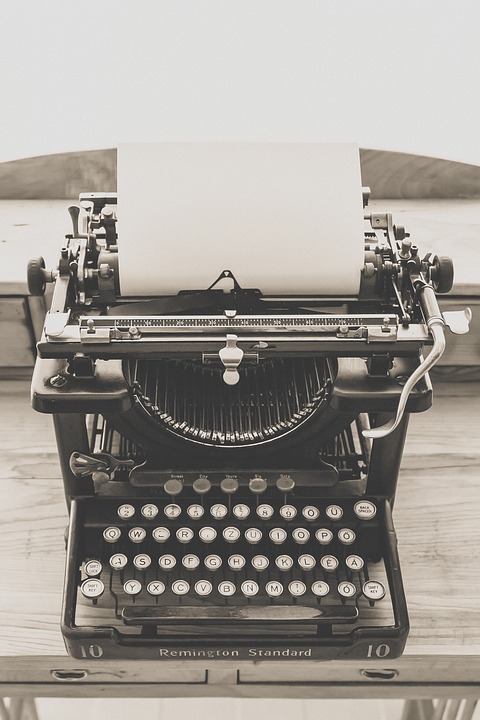
Novelists Unwind
Novelists Unwind Interviews Brenda S. Anderson and Brennan McPherson
Shortly after I interviewed today’s featured authors, I learned they are in the same critique group! Not only that,…
June 26, 2018
Shortly after I interviewed today’s featured authors, I learned they are in the same critique group! Not only that,…
June 26, 2018
Since we’re on the eve of Memorial Day Weekend, it only seems fitting to highlight Rick Barry’s WWII novels,…
May 30, 2018
Join Johnnie Alexander as she chats with Hannah Conway and Jolina Petersheim on Novelists Unwind. Introducing Hannah Conway Hannah…
April 26, 2018
By Sandra Merville Hart When it comes to research, contemporary writers have it so easy, right? I am teasing,…
March 21, 2017
By Sandra Merville Hart It happened again. Somewhere in the middle of writing the novel, the story got stuck…
January 21, 2017